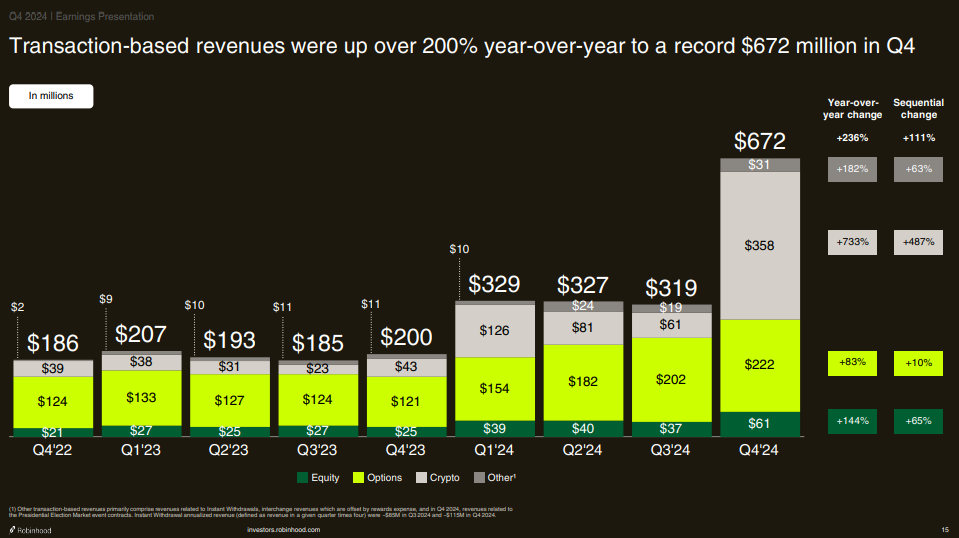Search results about to look a bit different in the EU.
“Alphabet Inc.’s Google will propose highlighting search results from other companies’ shopping and travel platforms at the top of its page in an attempt to comply with the European Union’s Digital Markets Act and fend off fines, people familiar the matter said.
Under the plan, a box at the top of Google’s search results will show ranked options from price-comparison companies’ websites, the people said, asking not to be identified because the proposal is not yet public. Users will be able to either proceed to the sites of its competitors — such as Expedia or Booking — or click on individual results to go to the page of a hotel or airline, they said.
The site that Google determines is most relevant will be featured and a drop-down menu will hold links to the others, including Google’s own comparison services, the people said. In a variation of the plan, Google would show a basic list of direct links to travel or shopping suppliers in a space below the box.”






















